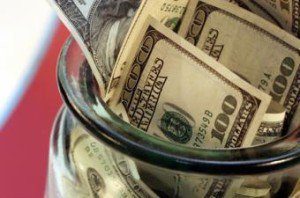 The Mortgage Bankers Association's (MBA) reported this week that the number of loans in forbearance dropped last week, marking the 11th week in a row of decreases.
The Mortgage Bankers Association's (MBA) reported this week that the number of loans in forbearance dropped last week, marking the 11th week in a row of decreases.
MBA estimates that as of November 8 2.7 million homeowners are in active mortgage-loan forbearance. The overall rate of loan forbearances decreased last week from 5.67% of all servicers' portfolio volume to 5.47%.
Broken down by type of loan:
- The share of Fannie Mae and Freddie Mac loans in forbearance dropped 13 basis points to 3.36%
- Ginnie Mae loans in forbearance decreased 25 basis points to 7.70%
- Private-label securities (PLS) decreased by 32 basis points to 8.38%
- Independent mortgage bank (IMB) servicers decreased 25 basis points to 5.94%
- Depository servicers decreased 17 basis points from the previous week to 5.43%
"Declines in the share of loans in forbearance continued this week, with a significant increase in the rate of forbearance exits—particularly for portfolio and PLS loans," said Mike Fratantoni, MBA's Senior Vice President and Chief Economist. "More than 76% of borrowers in forbearance are now in an extension, as we are well past the six-month point for most borrowers' forbearance plans."
Added Fratantoni, "While the rate of new forbearance requests has declined and exits are increasing, homeowners who continue to be impacted by hardships related to the pandemic should contact their servicer for relief."
Of those in forbearance, 30.6% continued to make monthly payments; 23.9% requesting forbearance resulted in a loan deferral/partial claim; 16.9% resulted in reinstatements, in which past-due amounts are paid back when exiting forbearance; 12.8% represented borrowers who did not make all of their monthly payments and exited forbearance without a loss mitigation plan in place yet; 7.1% resulted in loans paid off through either a refinance or by selling the home; 6.8% resulted in a loan modification; and the remaining 1.9% resulted in repayment plans, short sales, deed-in-lieus or other reasons, according to MBA.
Along with tracking weekly forbearance activity, the association also reports forbearance-related call volume and response time. Find the full report at MBA.org.

 DSNews The homepage of the servicing industry
DSNews The homepage of the servicing industry









